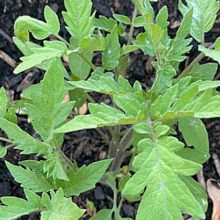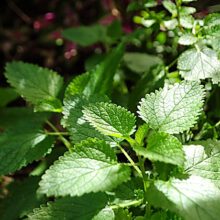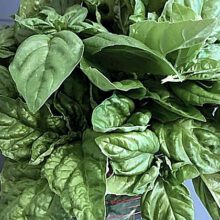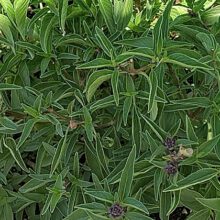10 Tips For Herb Garden
Fresh herbs from the garden are delicious to cook with. But where do you put them? Do they need sun or shade now? And what about fertilizing? Here you read 10 tips for the most beautiful and tastiest herbs from your own garden.
1. Place herb plants in full sun. Many culinary herbs are originally from the Mediterranean region. Almost all these plants do well in full sun. The Mediterranean herbs also survive a long time in drought, but subtropical herbs such as verbena, stevia and basil do need regular water. Parsley and chervil do better in a place in the (partial) shade with sufficient moisture.
2. Choose plants grown for the herb garden, not the windowsill. Herbs in pots from the supermarket are often grown so close together that fungi quickly form and the fresh plants start to languish. Herb plants that do not come out of the greenhouse at first glance look less good, but in the herb garden they quickly catch up.
3. In general, you can stick to the rule that ‘soft’ herbs with flexible stems are not hardy. Herbs that wood, such as rosemary, thyme and lavender, survive a not too severe winter, although they will appreciate a place in the cold container.
4. You can put the soft herbs in a pot on the windowsill for fresh use in winter. Let the plant get used to the higher indoor temperature. You can also dry, freeze or preserve the soft herbs in oil.
5. Many herbs can bloom attractively. The nice thing about this is that these flowers are edible. For most herbs, the taste of the leaves decreases considerably when they bloom. Regular harvesting (so pruning) is therefore the motto for varieties that you really want to grow for their herbal flavor. Regular harvesting (so pruning) is therefore the motto for varieties that you really want to grow for their herbal flavor.
6. Pruning also offers a solution for plants that look less beautiful over time. With soft herbs you can usually cut back without any problems. They automatically sprout with fresh green leaves. With herbs that wood, you do cut in moderation: leave enough leaves on the plant so that it can recover quickly.
7. The herbs from our herb gardens are the most tasty fresh. Any form of pickling, drying or other processing leads to loss of taste. Because the soft herbs can only be harvested fresh during the summer months, processing is a way to enjoy their aroma even in the winter months.
8. It’s such a beautiful sight: a classic herb garden edged with hedges. Yet there is also something to be said for spreading herbs over the border or vegetable garden. Some herbs are of great help to their vegetable, fruit and flower colleagues. For example, basil helps against flying insects and mildew. Lemon herb repels cabbage whites from cabbage, dill promotes the germination of carrot, beetroot and cabbage and keeps harmful insects away. Garlic keeps roses healthier and marigold is allowed everywhere, because almost every plant benefits from the cheerful orange flowers nearby.
9. Not every herb thrives in the same location and the food needs of herbs differ from each other. In individual pots you can offer every plant the ideal care. With a nice range of terracotta pots you can cultivate an alternative herb garden atmosphere. With pots, take extra care that the plants do not dry out.
10. Herbal plants can grow lush with some fertilizer help. However, the extra abundantly grown branches and leaves of fertilized herb plants usually have a less pronounced taste and smell than when they are given the time to grow quietly. Lovage is an exception: this ‘maggi herb’ likes rich soil.



